Kafka Streams API
A Step Beyond Hello World
@inponomarev
Ivan Ponomarev, Synthesized/MIPT
 |
|
Everything I show is on GitHub
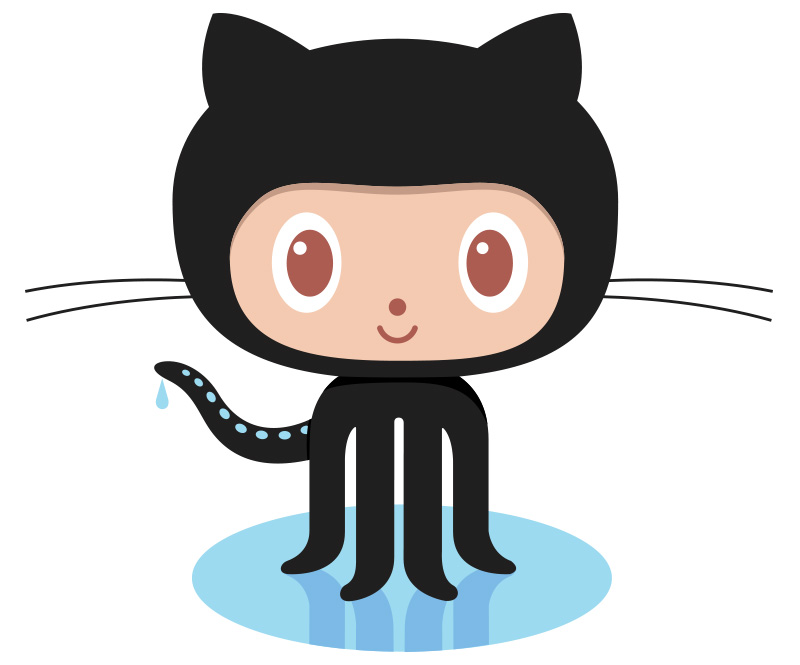 |
Our plan
 | Lecture 1.
Lecture 2.
|  |
Kafka is
|
In Kafka you can
 |
|
You can’t do it in Kafka
 |
|
Topics, partitions and messages
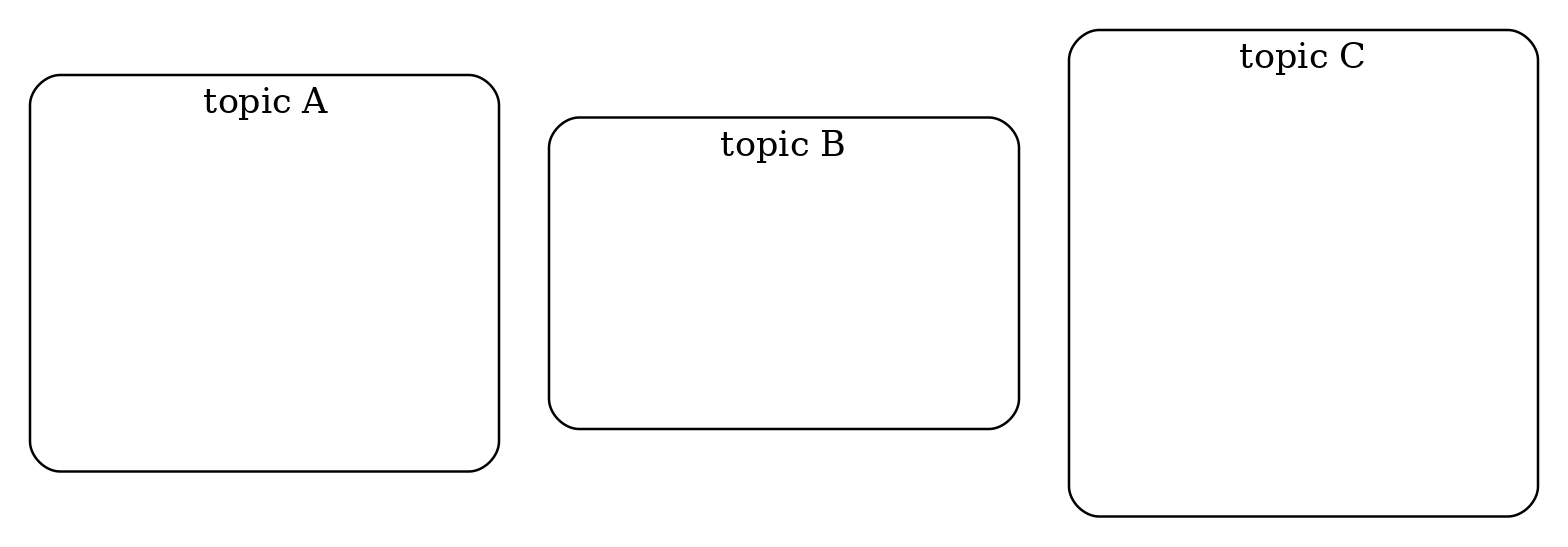
Topics, partitions and messages
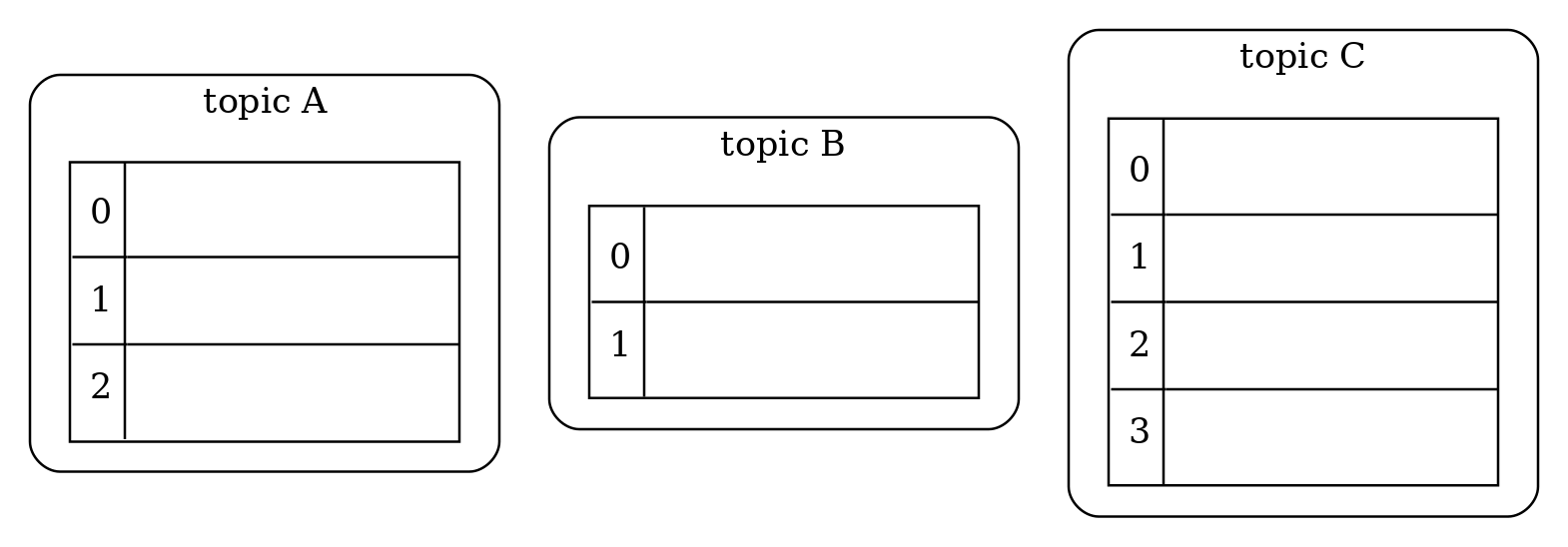
Topics, partitions and messages
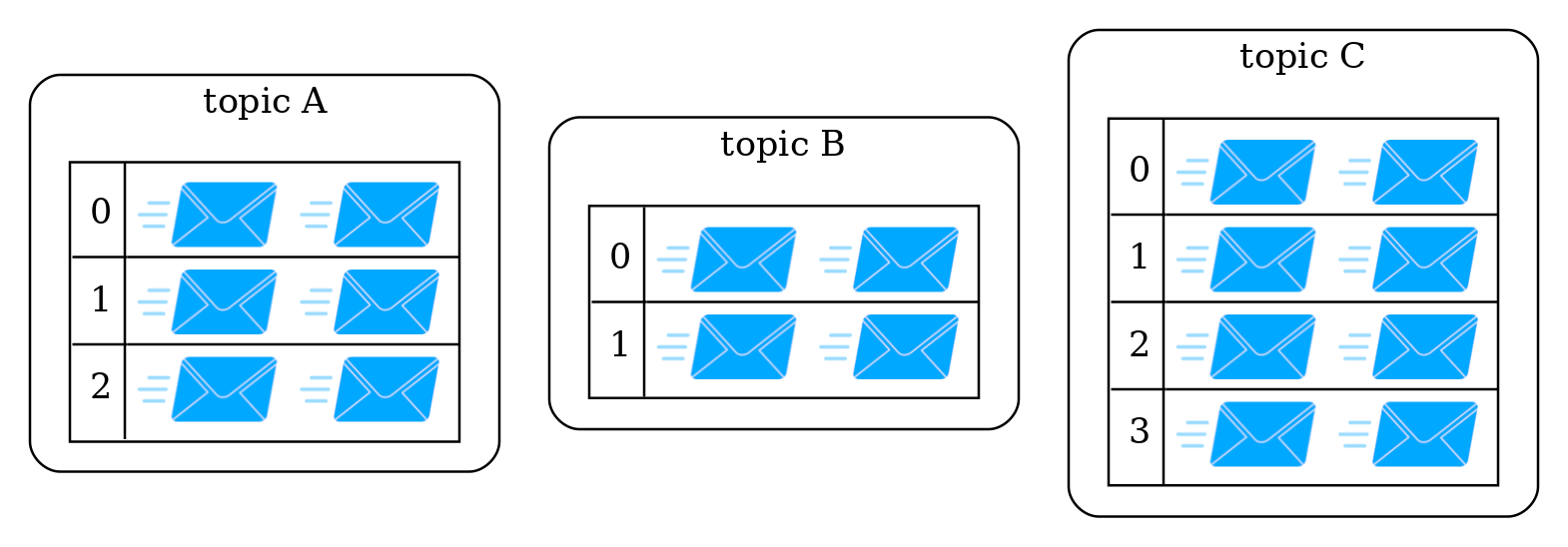
Anatomy of a message

Anatomy of a message
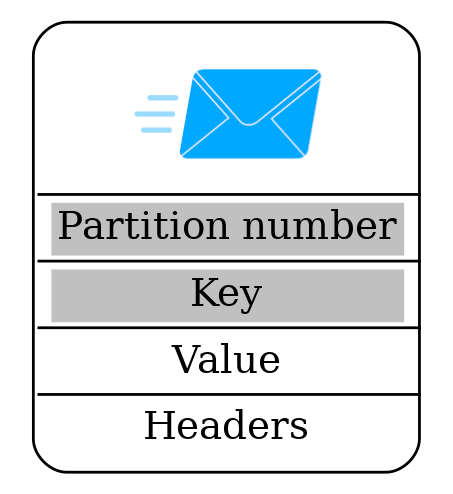
// hash the keyBytes to choose a partition
return Utils.toPositive(Utils.murmur2(keyBytes)) % numPartitions;Reading from Kafka

Reading from Kafka
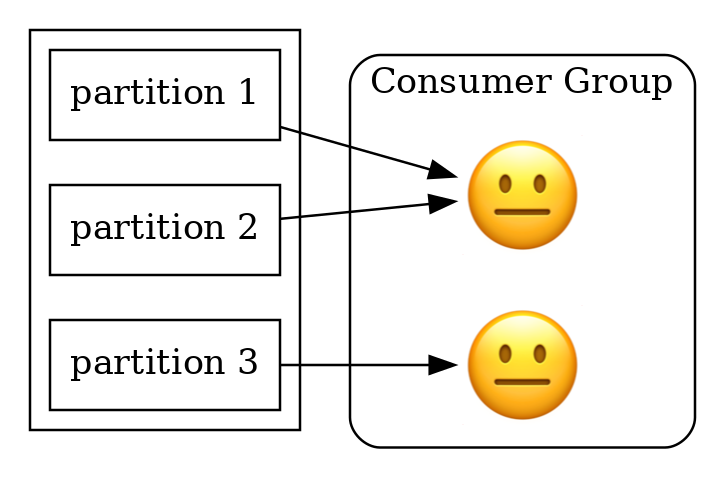
Reading from Kafka
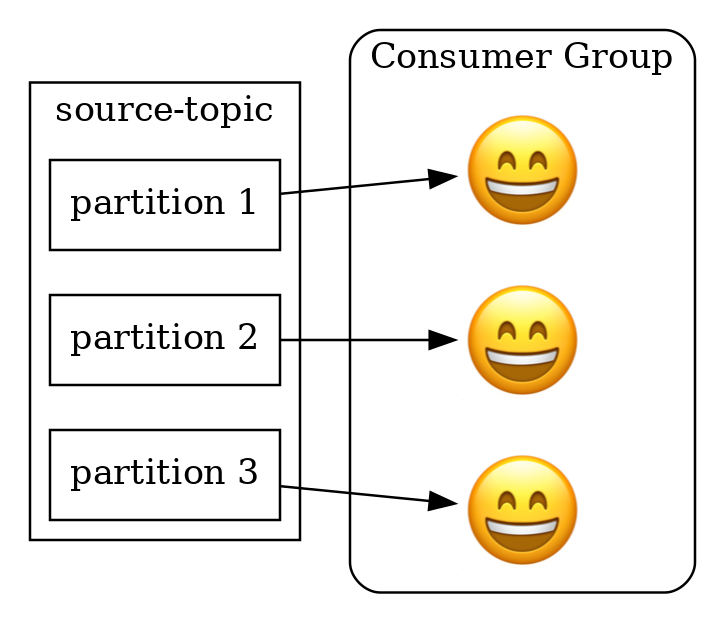
Reading from Kafka
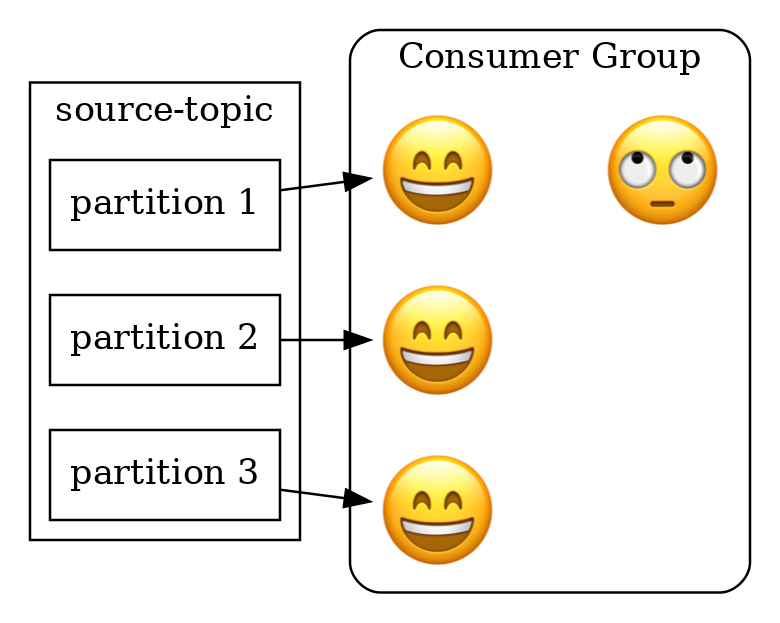
Offset Commit
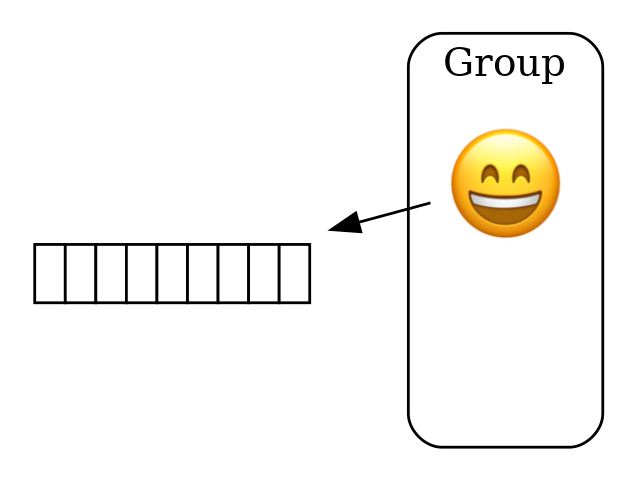
Offset Commit

Offset Commit
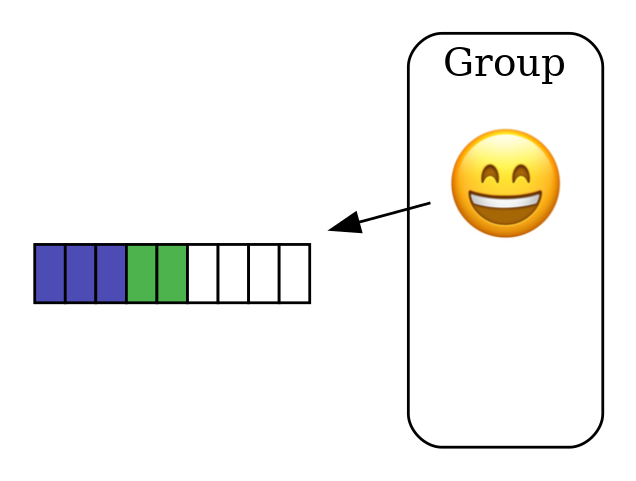
Offset Commit
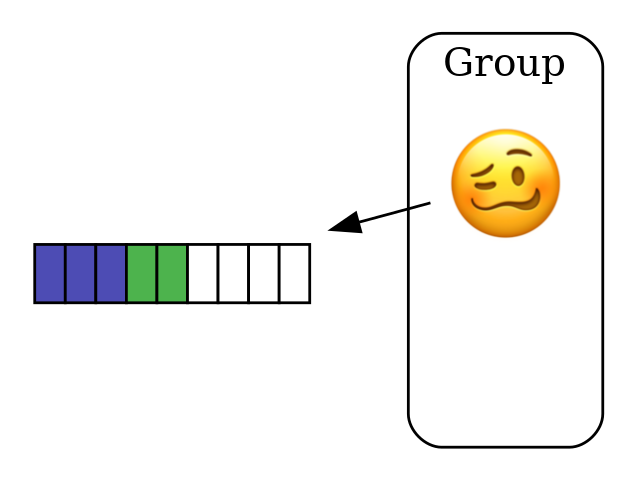
Offset Commit
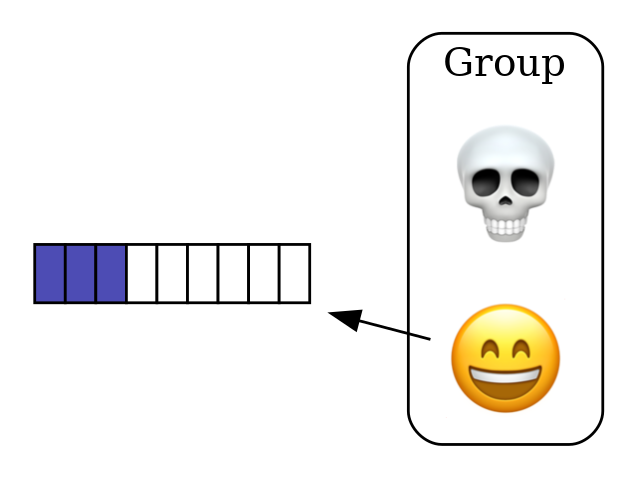
Offset Commit
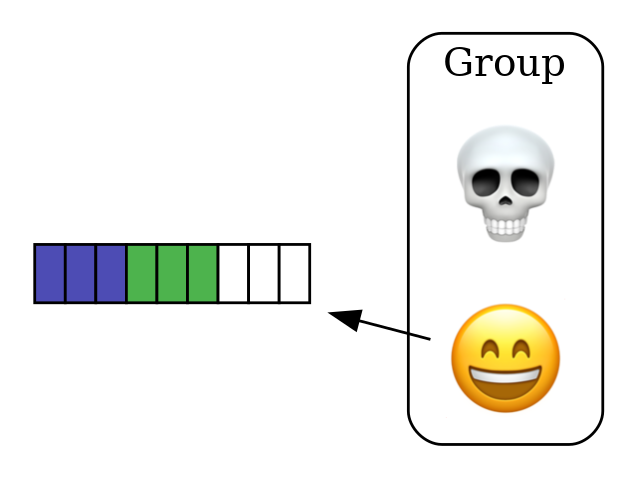
Offset Commit
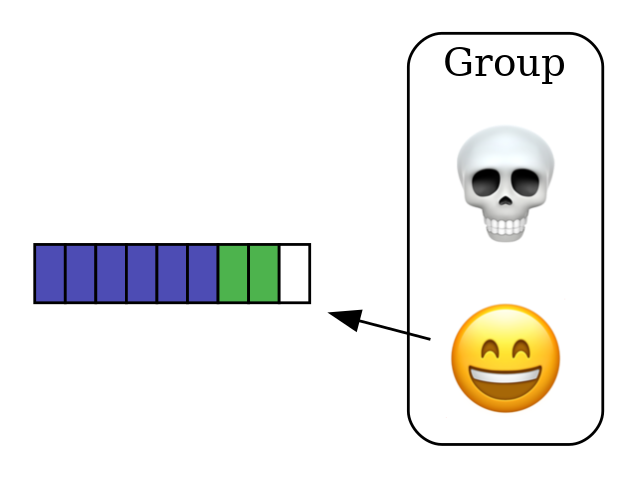
Compacted topics
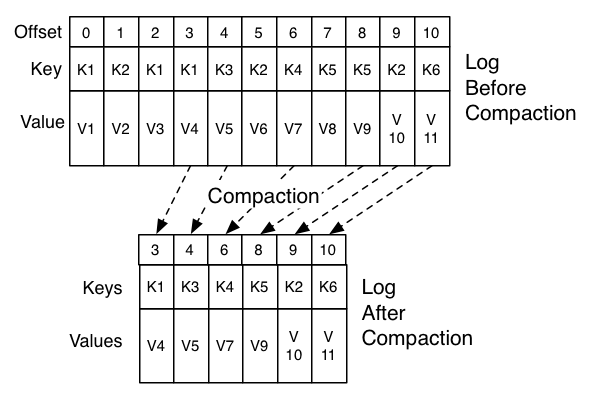
How Retention works
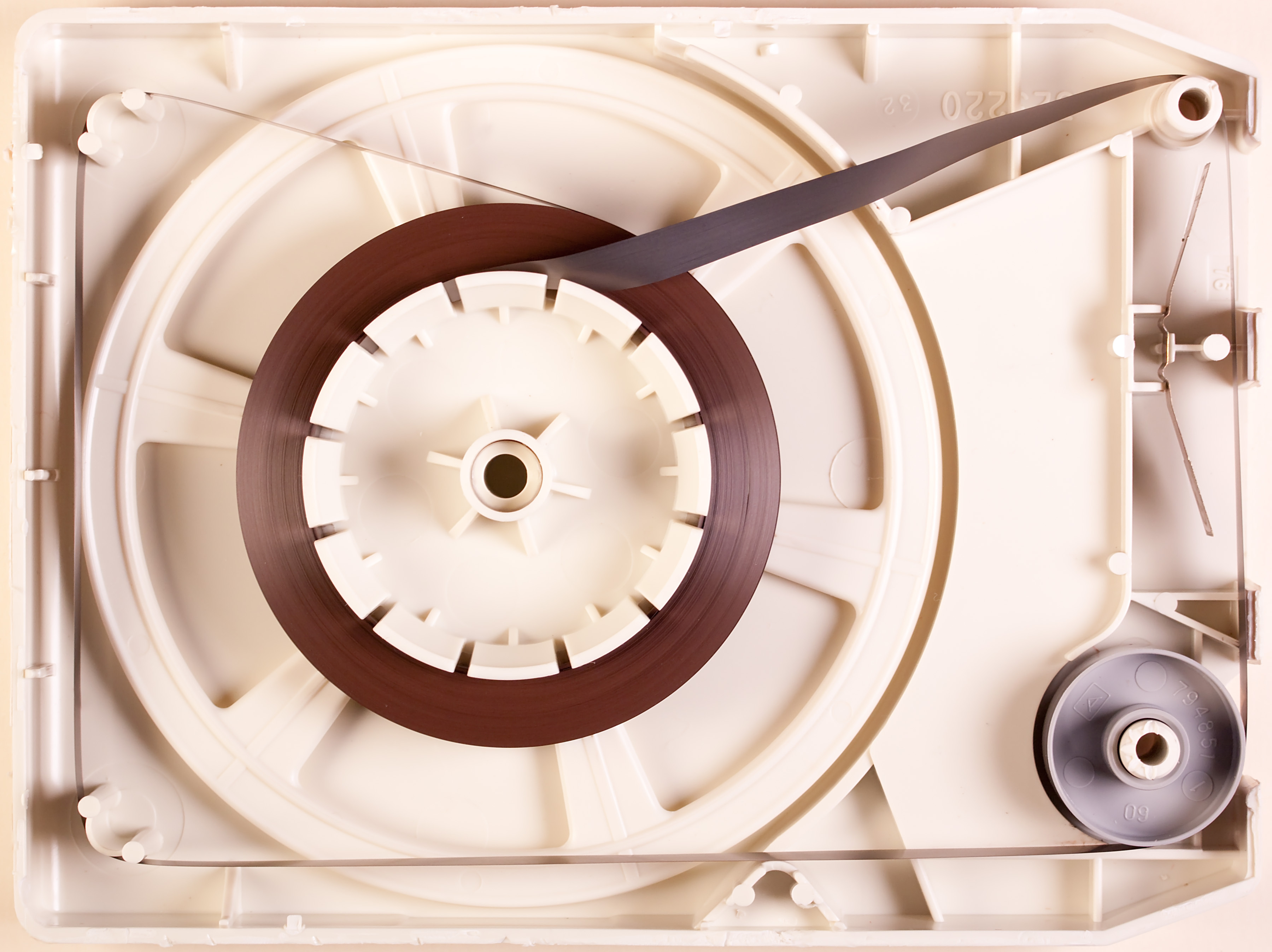
Stream data processing: architecture

Where are streaming systems needed?
Monitoring! Logs!
Track user activity
Anomaly detection (including fraud detection)
 |
 |
Existing stream processing frameworks
Our plan
 | Lecture 1.
Lecture 2.
|  |
Kafka Streams API: the general structure of a KStreams application
StreamsConfig config = ...;
// Here we set all sorts of options
Topology topology = new StreamsBuilder()
//Here we build the topology
....build();Kafka Streams API: the general structure of a KStreams application
Топология — конвейер обработчиков:
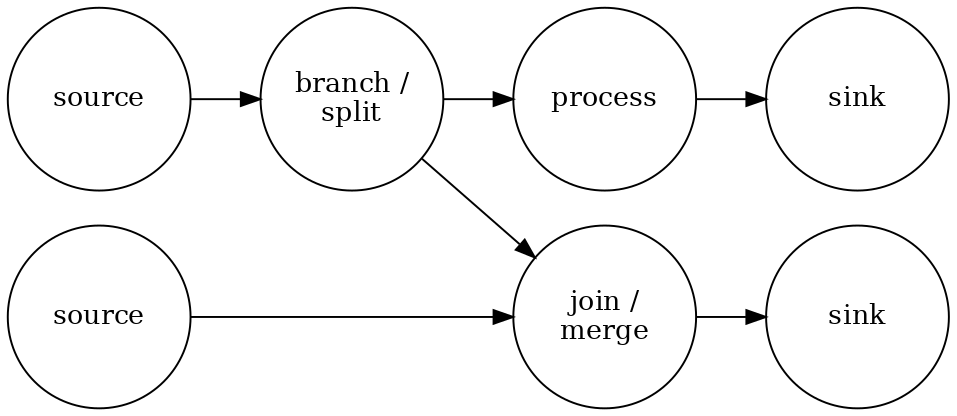
Convert a stream to a stream
| (The author of the animations is Tagir Valeev, see moving pictures here) |
Filtering
| |
Display to the console (terminal operation)
| |
All together in one line
|
It reminds us of something!
"Concatenate two files, convert their lines to lowercase, sort, display the last three lines in alphabetical order"
cat file1 file2 | tr "[A-Z]" "[a-z]" | sort | tail -3Kafka Streams API: the general structure of a KStreams application
StreamsConfig config = ...;
// Here we set all sorts of options
Topology topology = new StreamsBuilder()
//Here we build the topology
....build();
//Spring-KAFKA does it for us
KafkaStreams streams = new KafkaStreams(topology, config);
streams.start();
...
streams.close();In Spring, it is enough to define two things
@Bean KafkaStreamsConfiguration@Bean Topology
Our story
 |
|
@Bean KafkaConfiguration
IMPORTANTLY!
@Bean(name =
KafkaStreamsDefaultConfiguration
. DEFAULT_STREAMS_CONFIG_BEAN_NAME)
public KafkaStreamsConfiguration getStreamsConfig() {
Map<String, Object> props = new HashMap<>();
// IMPORTANT!
props.put(StreamsConfig.APPLICATION_ID_CONFIG,
"stateless-demo-app");
// IMPORTANT!
props.put(StreamsConfig.NUM_STREAM_THREADS_CONFIG, 4);
props.put(StreamsConfig.BOOTSTRAP_SERVERS_CONFIG, "localhost:9092");
...
KafkaStreamsConfiguration streamsConfig =
new KafkaStreamsConfiguration(props);
return streamsConfig;
}@Bean NewTopic
@Bean
NewTopic getFilteredTopic() {
Map<String, String> props = new HashMap<>();
props.put(
TopicConfig.CLEANUP_POLICY_CONFIG,
TopicConfig.CLEANUP_POLICY_COMPACT);
return new NewTopic("mytopic", 10, (short) 1).configs(props);
}@Bean Topology

@Bean
public Topology createTopology(StreamsBuilder streamsBuilder) {
KStream<String, Bet> input = streamsBuilder.stream(...);
KStream<String, Long> gain
= input.mapValues(v -> Math.round(v.getAmount() * v.getOdds()));
gain.to(GAIN_TOPIC, Produced.with(Serdes.String(),
new JsonSerde<>(Long.class)));
return streamsBuilder.build();
}Three lines of code, and what’s the big deal?
More messages per second? — more instances with the same 'application.id'!

Adding nodes

Limited only by the number of partitions

TopologyTestDriver: creating
KafkaStreamsConfiguration config = new KafkaConfiguration()
.getStreamsConfig();
StreamsBuilder sb = new StreamsBuilder();
Topology topology = new TopologyConfiguration().createTopology(sb);
TopologyTestDriver topologyTestDriver =
new TopologyTestDriver(topology,
config.asProperties());TestInput/OutputTopic: creating
TestInputTopic<String, Bet> inputTopic =
topologyTestDriver.createInputTopic(BET_TOPIC,
Serdes.String().serializer(),
new JsonSerde<>(Bet.class).serializer());
TestOutputTopic<String, Long> outputTopic =
topologyTestDriver.createOutputTopic(GAIN_TOPIC,
Serdes.String().deserializer(),
new JsonSerde<>(Long.class).deserializer());TopologyTestDriver: Usage
Bet bet = Bet.builder()
.bettor("John Doe")
.match("Germany-Belgium")
.outcome(Outcome.H)
.amount(100)
.odds(1.7).build();
inputTopic.pipeInput(bet.key(), bet);TopologyTestDriver: Usage
TestRecord<String, Long> record = outputTopic.readRecord();
assertEquals(bet.key(), record.key());
assertEquals(170L, record.value().longValue());If something goes wrong…
default.deserialization.exception.handler— could not deserializedefault.production.exception.handler— the broker rejected the message (for example, it is too large)

If everything fell apart completely
streams.setUncaughtExceptionHandler(
(Thread thread, Throwable throwable) -> {
. . .
});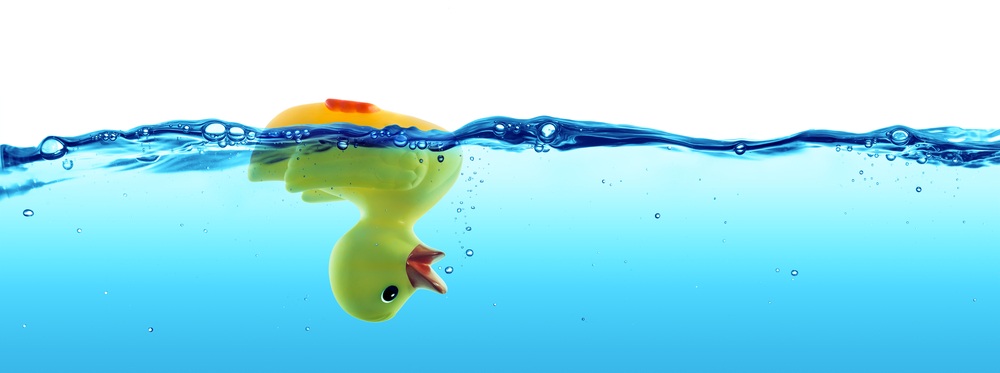
In Spring, things are more complicated (see code)
KafkaStreams application states
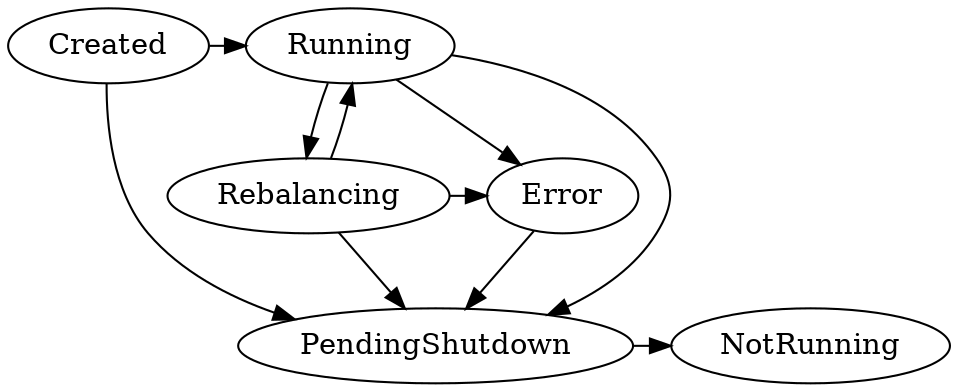
What else do I need to know about stateless transformations?
Easy branching of streams
Java streams can’t do that:
KStream<..> foo = ...
KStream<..> bar = foo.mapValues(...). map... to...
Kstream<..> baz = foo.filter(...). map... forEach...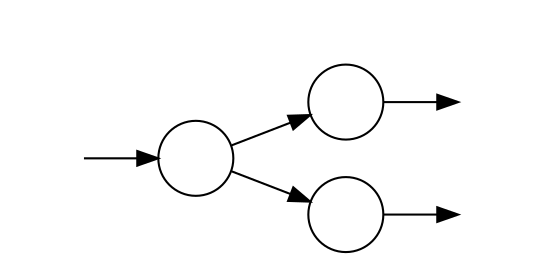
Branching streams by condition
From Version 2.8:
gain.split()
.branch((key, value) -> key.contains("A"),
Branched.withConsumer(ks -> ks.to("A")))
.branch((key, value) -> key.contains("B"),
Branched.withConsumer(ks -> ks.to("B")));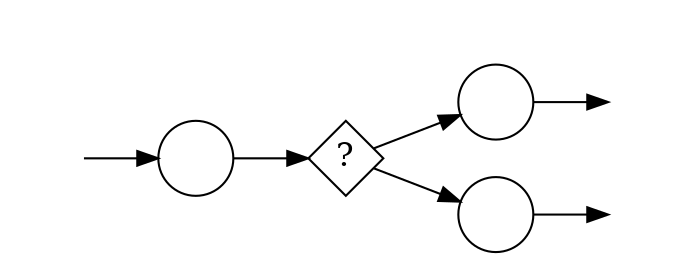
Simple merge
KStream<String, Integer> foo = ...
KStream<String, Integer> bar = ...
KStream<String, Integer> merge = foo.merge(bar);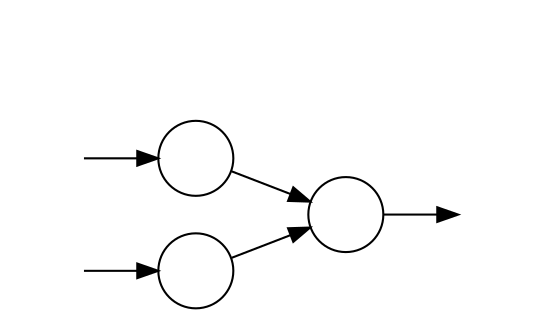
Our plan
 | Lecture 1.
Lecture 2.
|  |
Local state
Facebook’s RocksDB — what is it and what is it for?
 |
|
RocksDB is similar to 'TreeMap<K,V>'
Save K,V in binary format
Lexicographic sorting
Iterator (snapshot view)
Delete Range (deleteRange)
Writing "Bet Totalling App"
What is the payout amount for bets made if the outcome is happened?
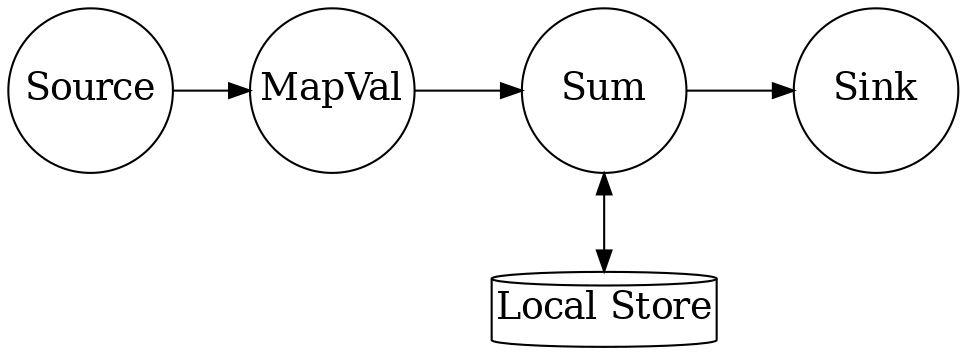
@Bean Topology
KStream<String, Bet> input = streamsBuilder.
stream(BET_TOPIC, Consumed.with(Serdes.String(),
new JsonSerde<>(Bet.class)));
KStream<String, Long> counted =
new TotallingTransformer()
.transformStream(streamsBuilder, input);Bets totalling
@Override
public KeyValue<String, Long> transform(String key, Bet value,
KeyValueStore<String, Long> stateStore) {
long current = Optional
.ofNullable(stateStore.get(key))
.orElse(0L);
current += value.getAmount();
stateStore.put(key, current);
return KeyValue.pair(key, current);
}StateStore is available in tests
@Test
void testTopology() {
topologyTestDriver.pipeInput(...);
topologyTestDriver.pipeInput(...);
KeyValueStore<String, Long> store =
topologyTestDriver
.getKeyValueStore(TotallingTransformer.STORE_NAME);
assertEquals(..., store.get(...));
assertEquals(..., store.get(...));
}Demo: Rebalancing / Replication
Rebalance/replication of partitions when starting/stopping workers.
Replication of local state into a topic
$kafka-topics --zookeeper localhost --describe
Topic:bet-totalling-demo-app-totalling-store-changelog
PartitionCount:10
ReplicationFactor:1
Configs:cleanup.policy=compact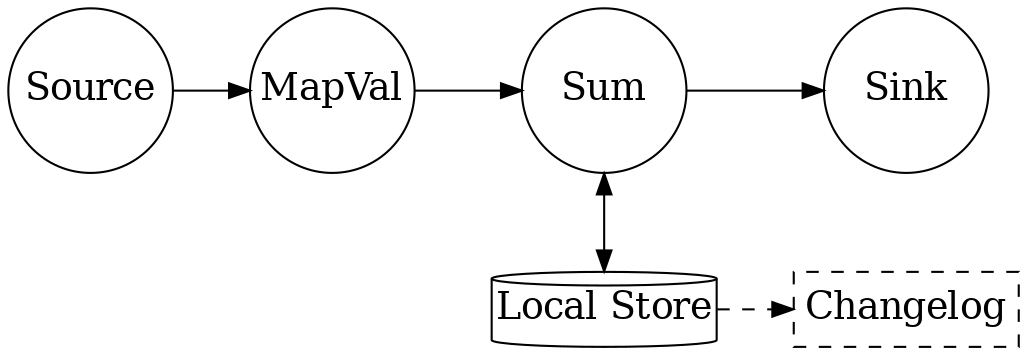
Partitioning and local state
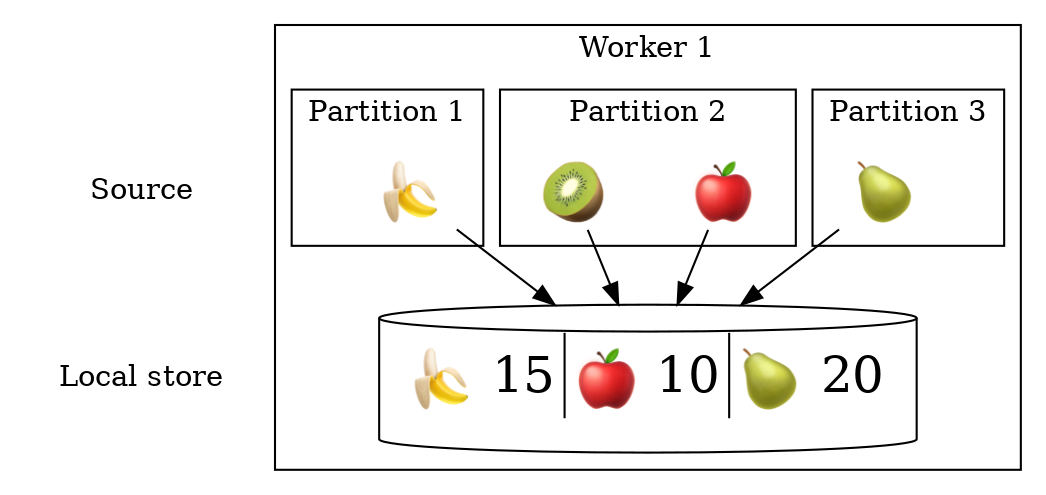
Partitioning and local state
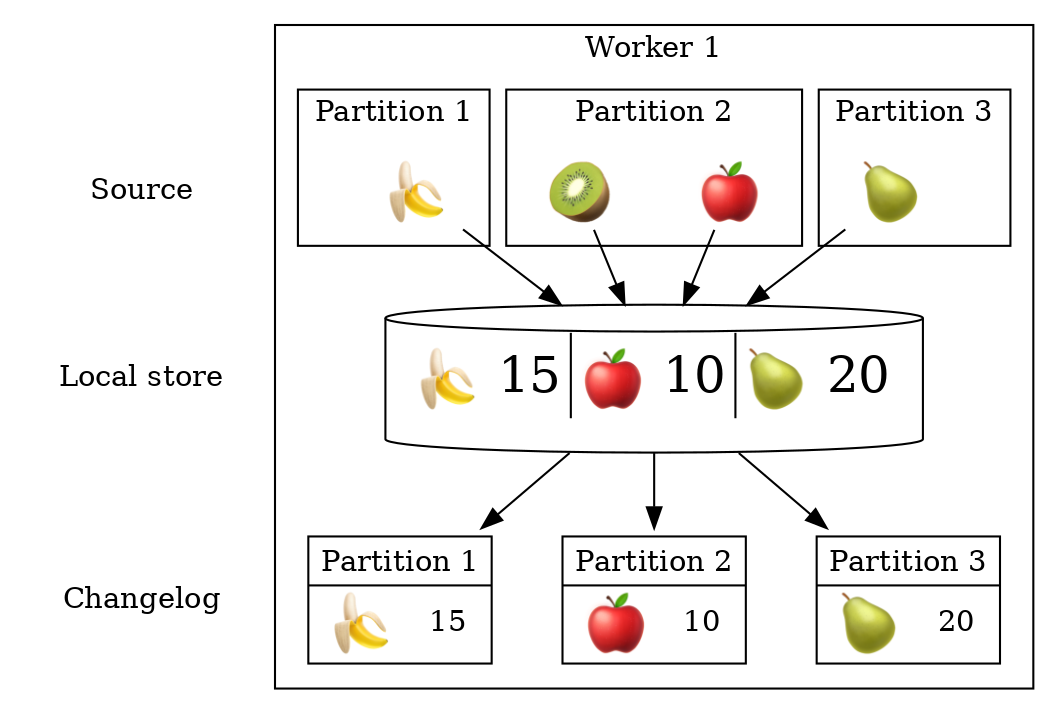
Partitioning and local state
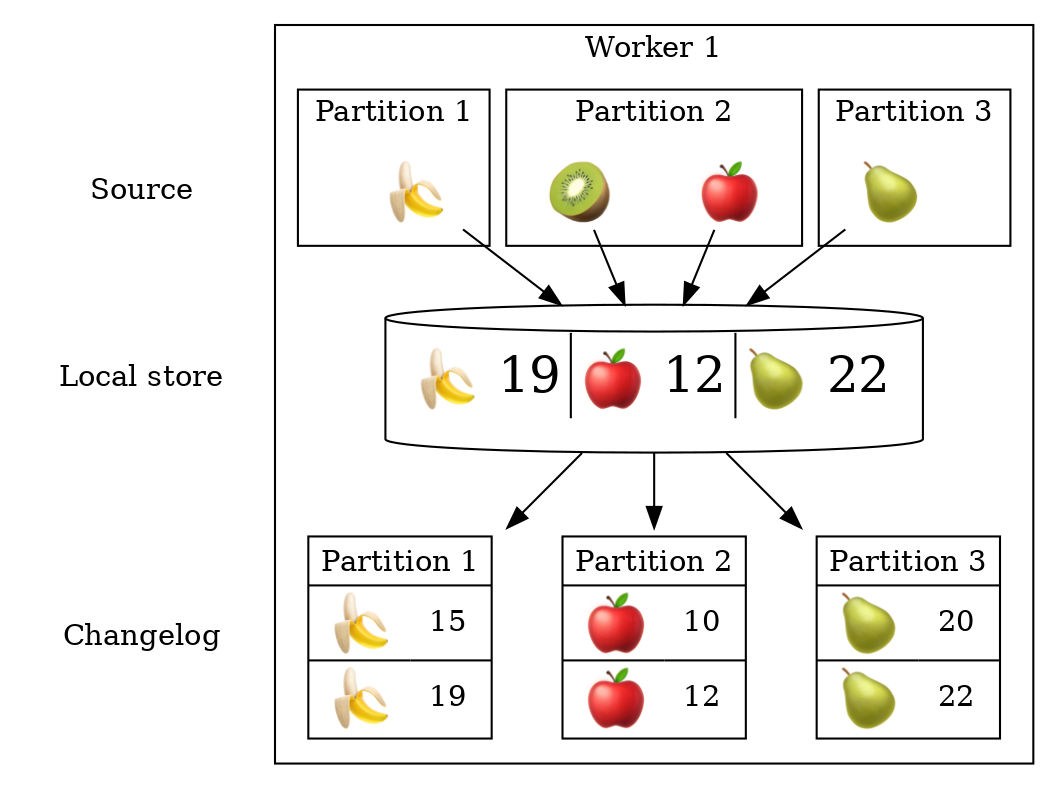
Partitioning and local state
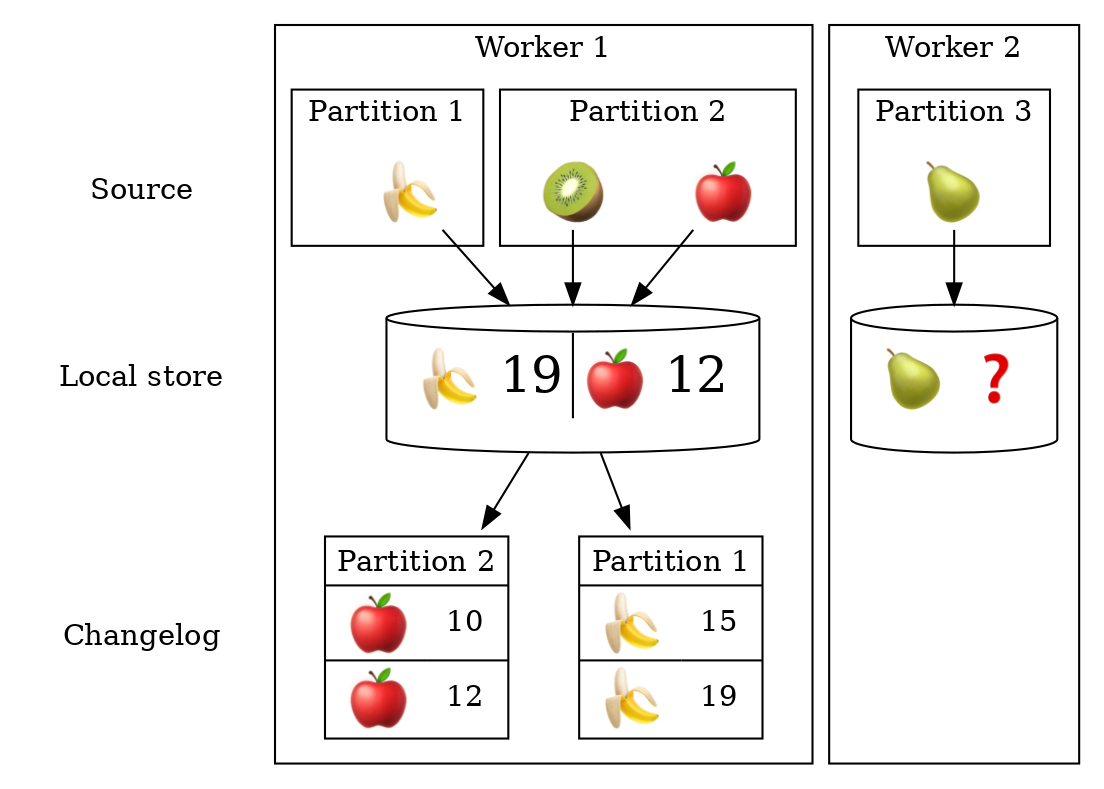
Partitioning and local state
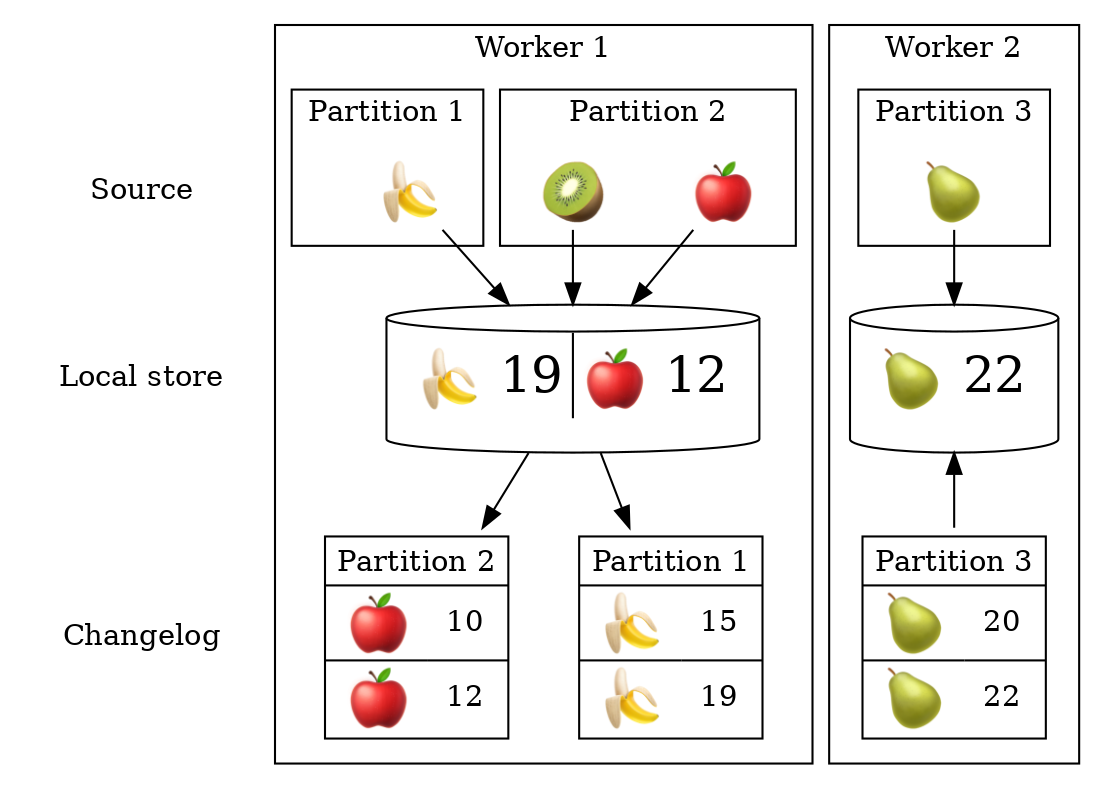
Partitioning and local state
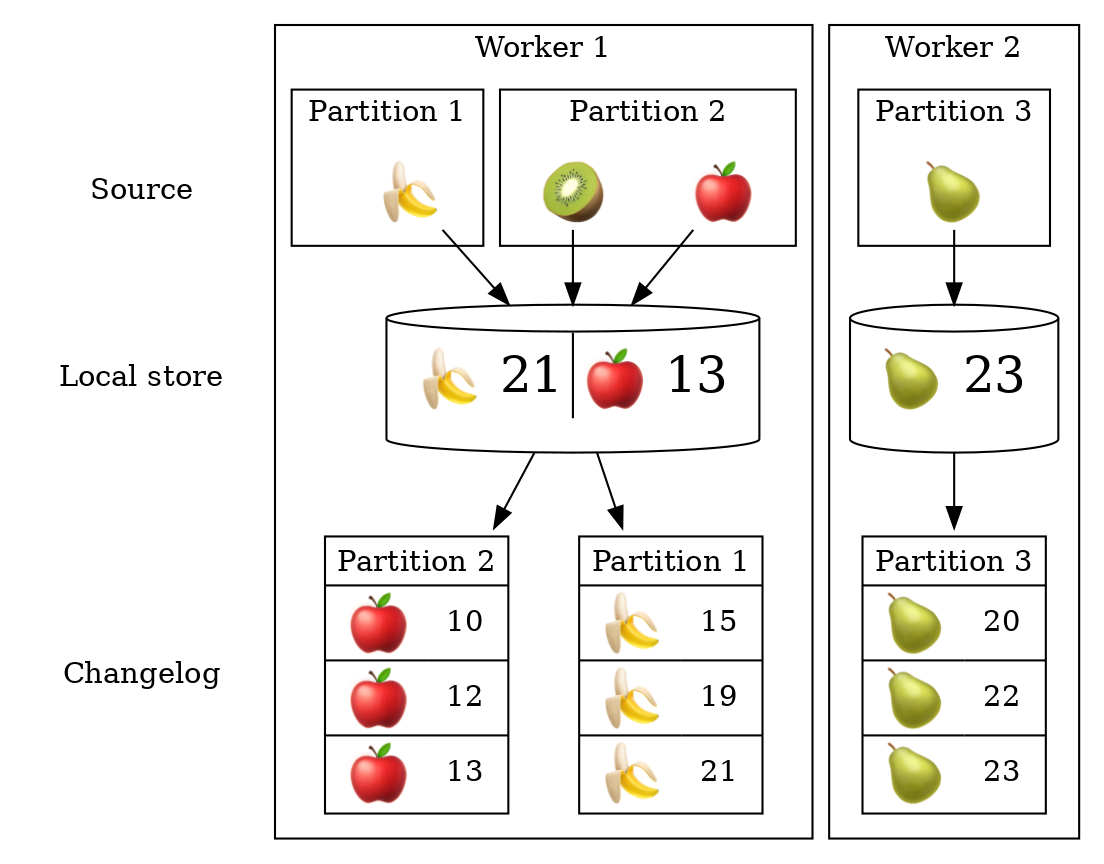
Partitioning and local state
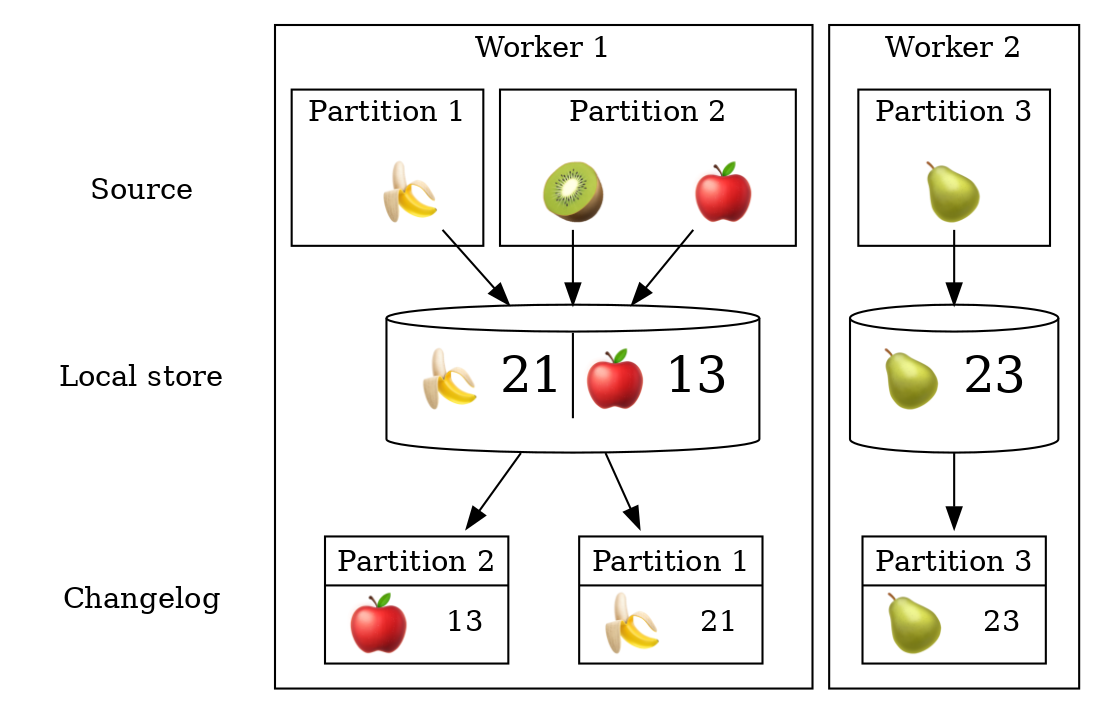
Partitioning and local state
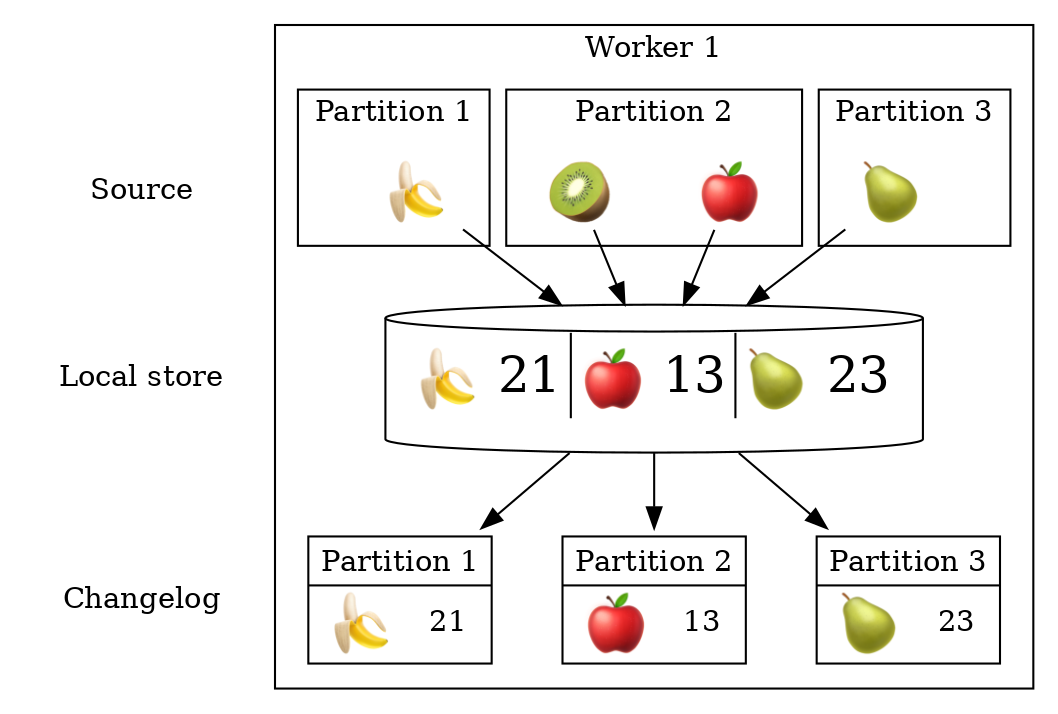
Repartition

Explicit using
repartition(Repartitioned<K, V> repartitioned)Implicit in key change operations + stateful operations
Duplicate implicit repartitioning
KStream source = builder.stream("topic1");
KStream mapped = source.map(...);
KTable counts = mapped.groupByKey().aggregate(...);
KStream sink = mapped.leftJoin(counts, ...);
Getting rid of duplicate repartitioning
KStream source = builder.stream("topic1");
KStream shuffled = source.map(...). repartition(...);
KTable counts = shuffled.groupByKey().aggregate(...);
KStream sink = shuffled.leftJoin(counts, ...);
It is better not to touch the key when not needed
Key only: selectKey
Key and Value | Value Only |
|
|
|
|
|
|
|
|